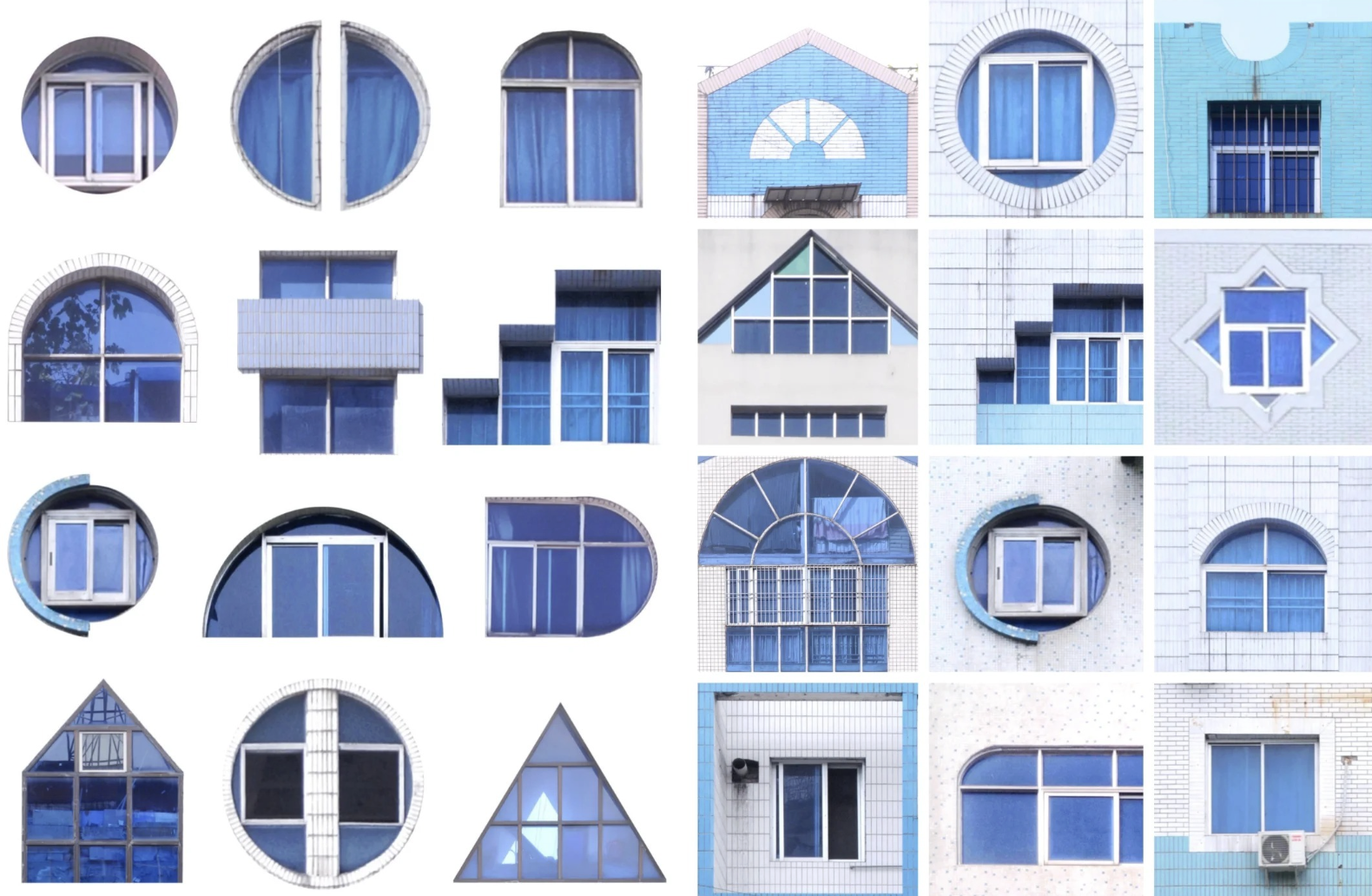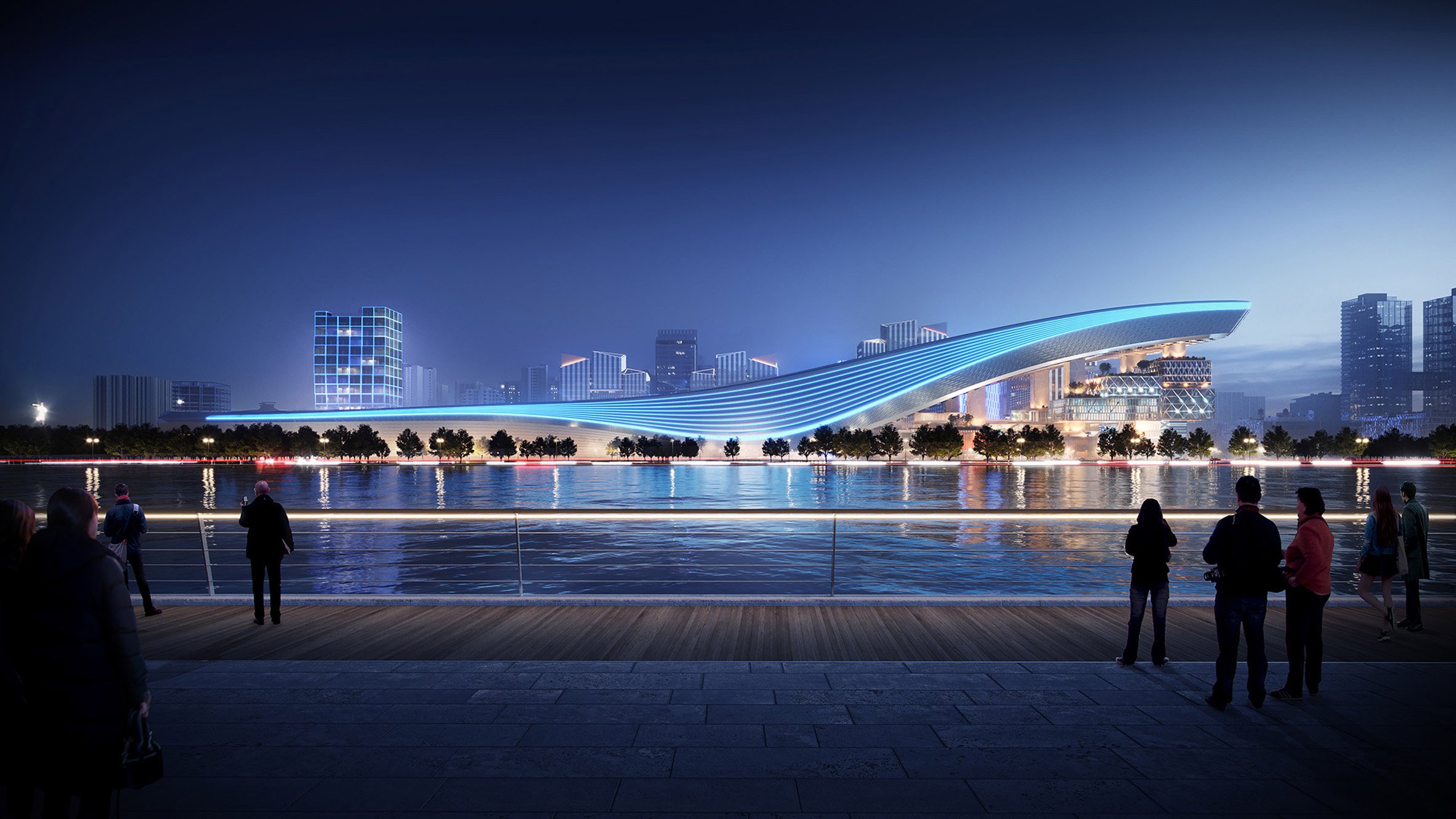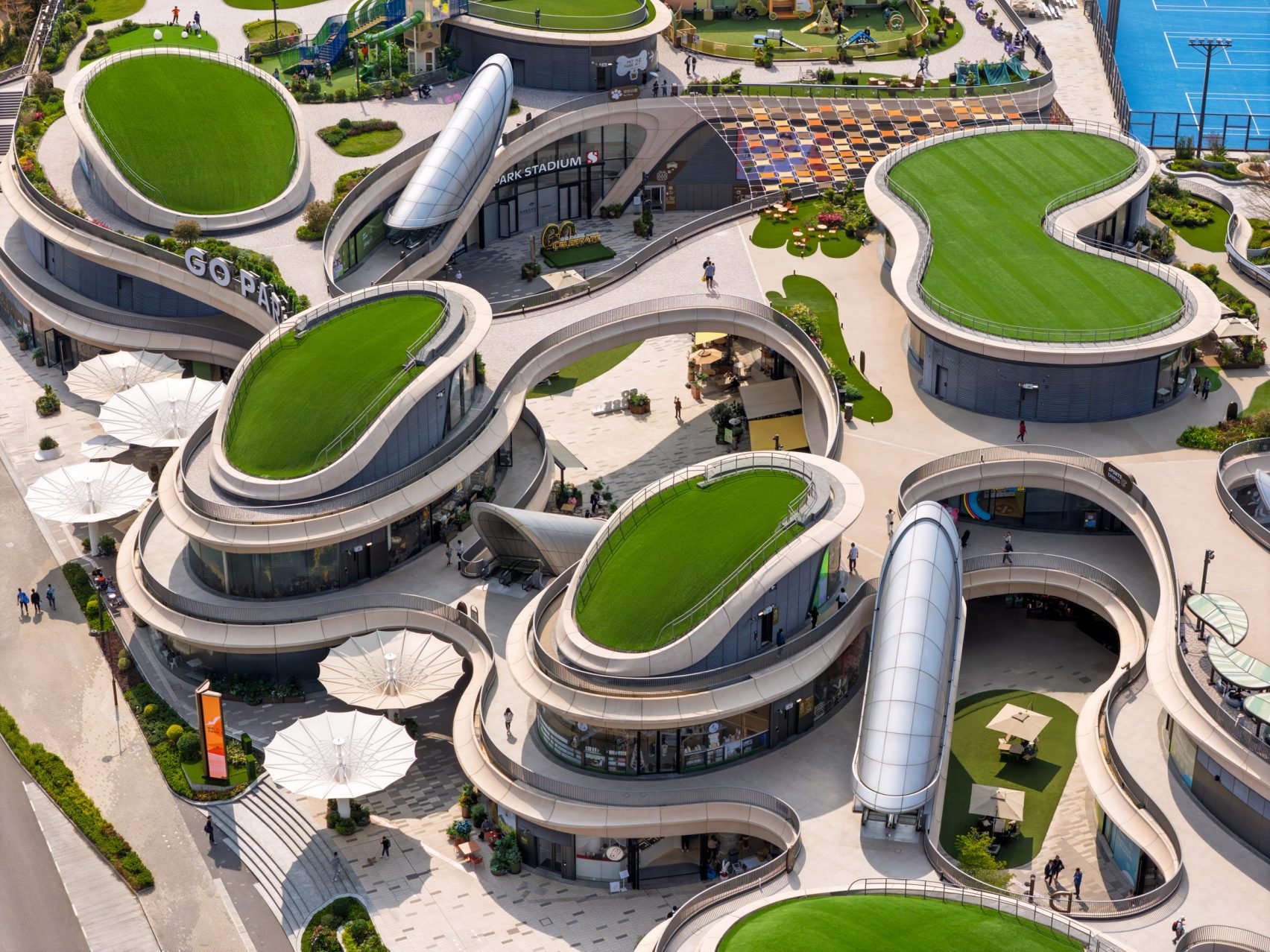I.M. Pei, one of the world’s most-renowned and well-respected architects has passed away at the age of 102 at his home in Manhattan, according to reports. Guangzhou-born MIT and Harvard-educated Pei was responsible for such iconic structures as the Louvre’s glass pyramid and the East Building of the National Gallery of Art in Washington.
Tributes have poured in for an architect who was known not only for designs that respected their environments and historical context while hinting at something more modern, but also for his personal good grace. The New York Times‘ obituary states that, “all of his work — from his commercial skyscrapers to his art museums — represented a careful balance of the cutting edge and the conservative”.
This can be seen in the Suzhou Museum, which we wrote about last year as one of our favorite museum designs in China. Pei was raised in Hong Kong and nearby Shanghai, and often drew inspiration from the garden and canal-dotted city of Suzhou, his ancestral home. His museum there uses the city’s traditional architecture as a base and infuses it with strikingly modern elements that (now over a decade old) still feel fresh.
 Photo of the Day: Suzhou MuseumArticle May 14, 2018
Photo of the Day: Suzhou MuseumArticle May 14, 2018
Upon winning the Pritzker Prize in 1983, Pei was praised for having “given this century some of its most beautiful interior spaces and exterior forms.” But he was far from done, and continued designing striking structures well into old age, including Cleveland’s Rock and Roll Hall of Fame (opened in 1995) and the island-set Museum of Islamic Art in Doha (opened in 2008). Pei was also responsible for one of Hong Kong’s most iconic buildings, the Bank of China Tower (opened in 1990):

Photo by Joshua J. Cotten on Unsplash
He also designed the PRC’s embassy in Washington DC and (in)famously the Fragrant Hills Hotel in Beijing, a project that was beset by construction problems and reportedly left a usually unflappable Pei “shouting and pounding the table” in frustration.
Mostly however, Pei will be remembered for his marriage of modernism with tradition and for creating some of the world’s most iconic and well-loved architectural masterpieces.














